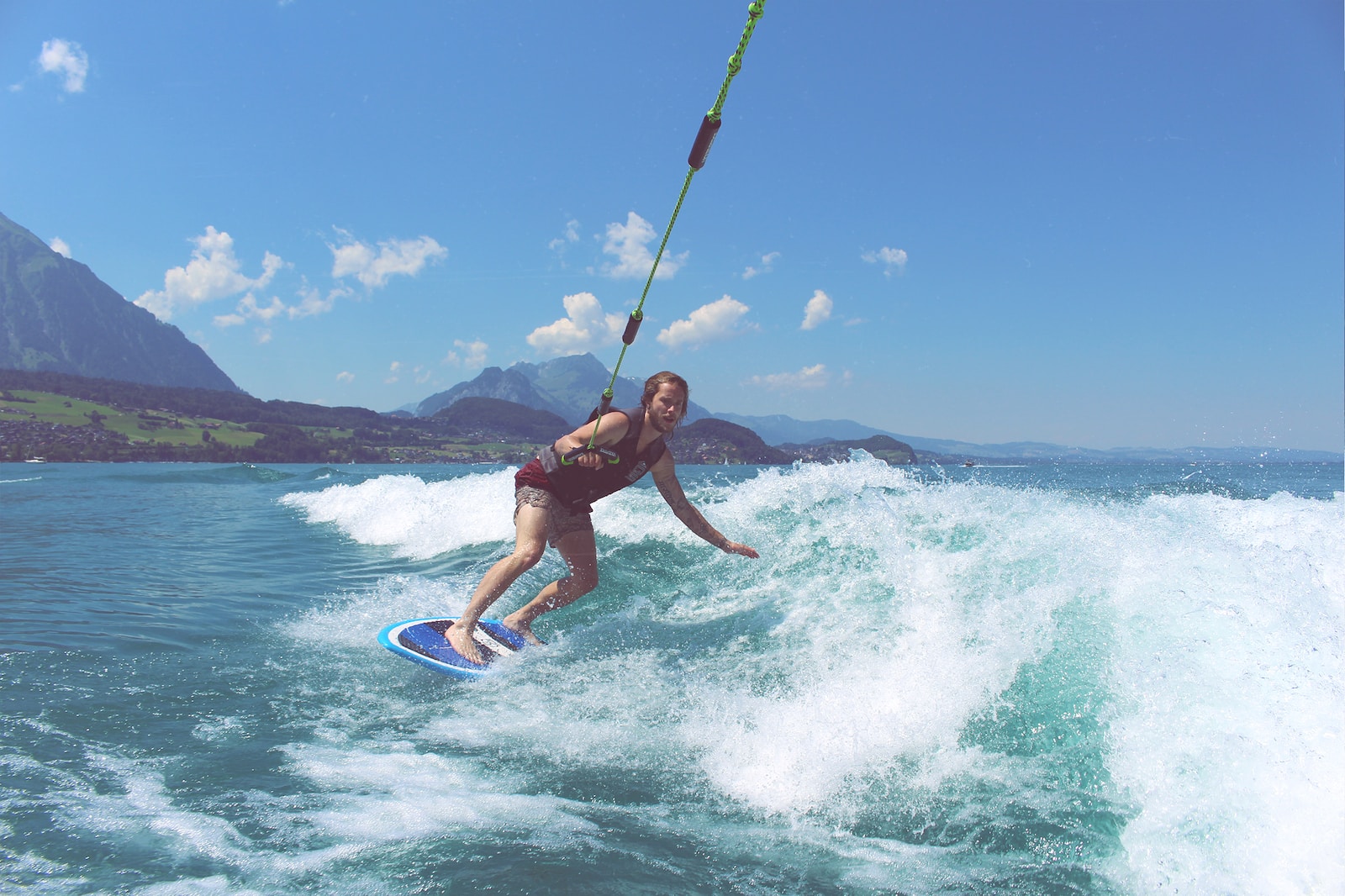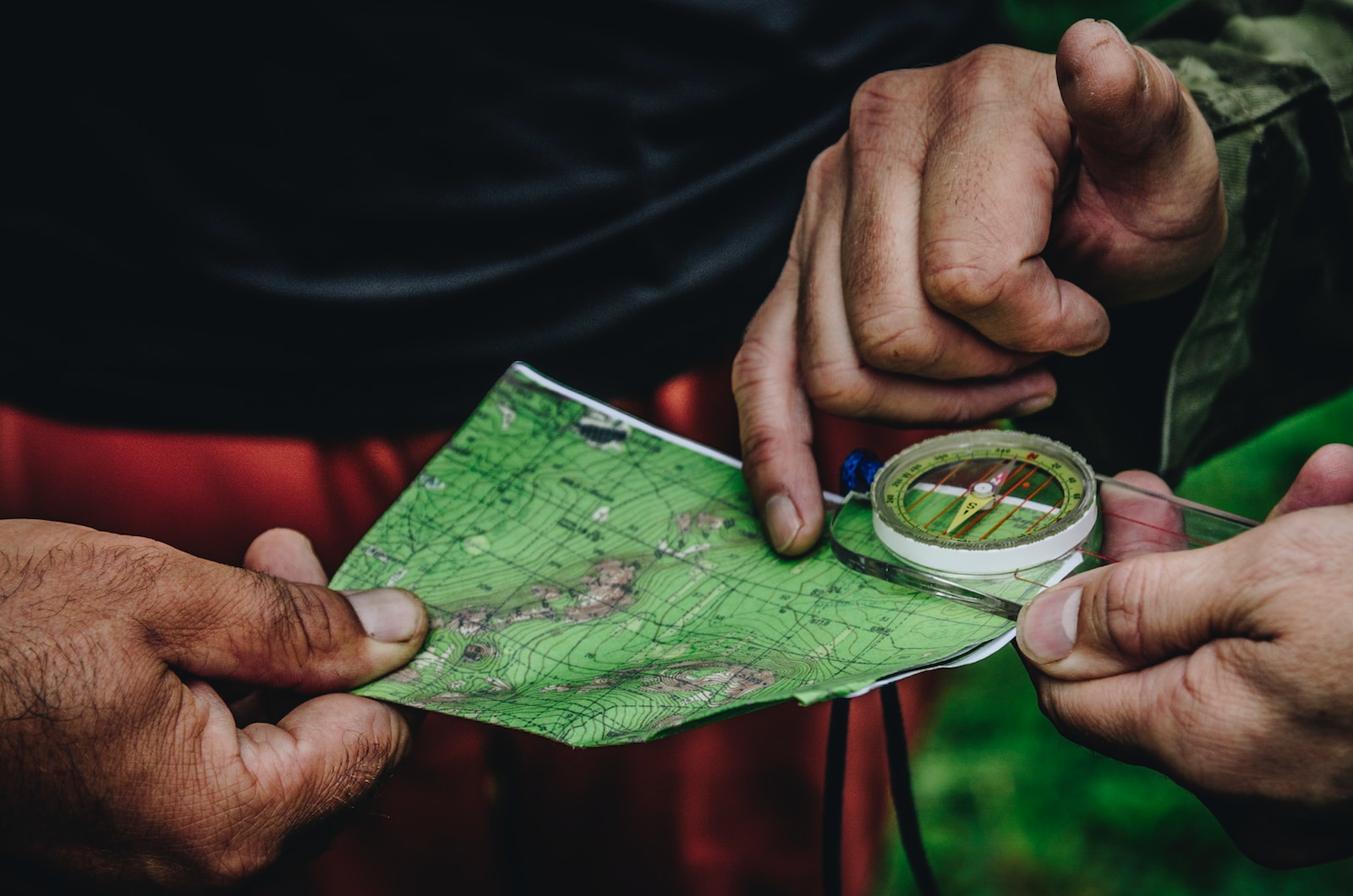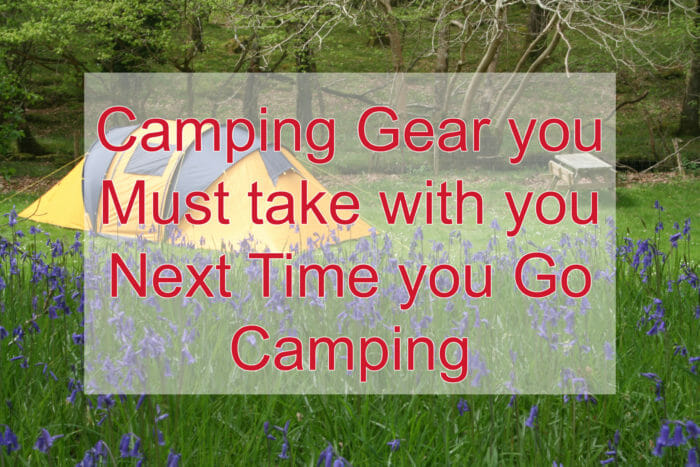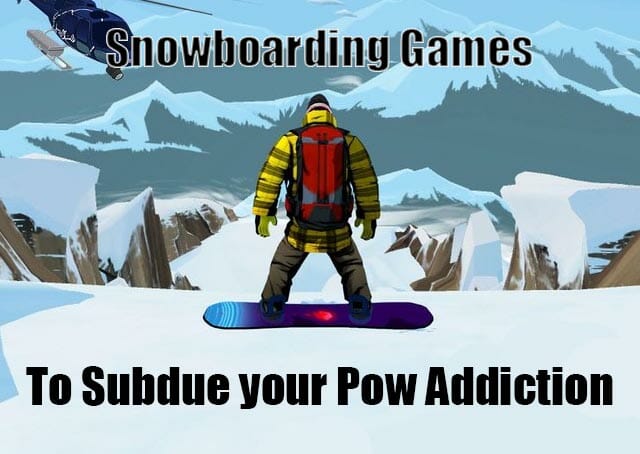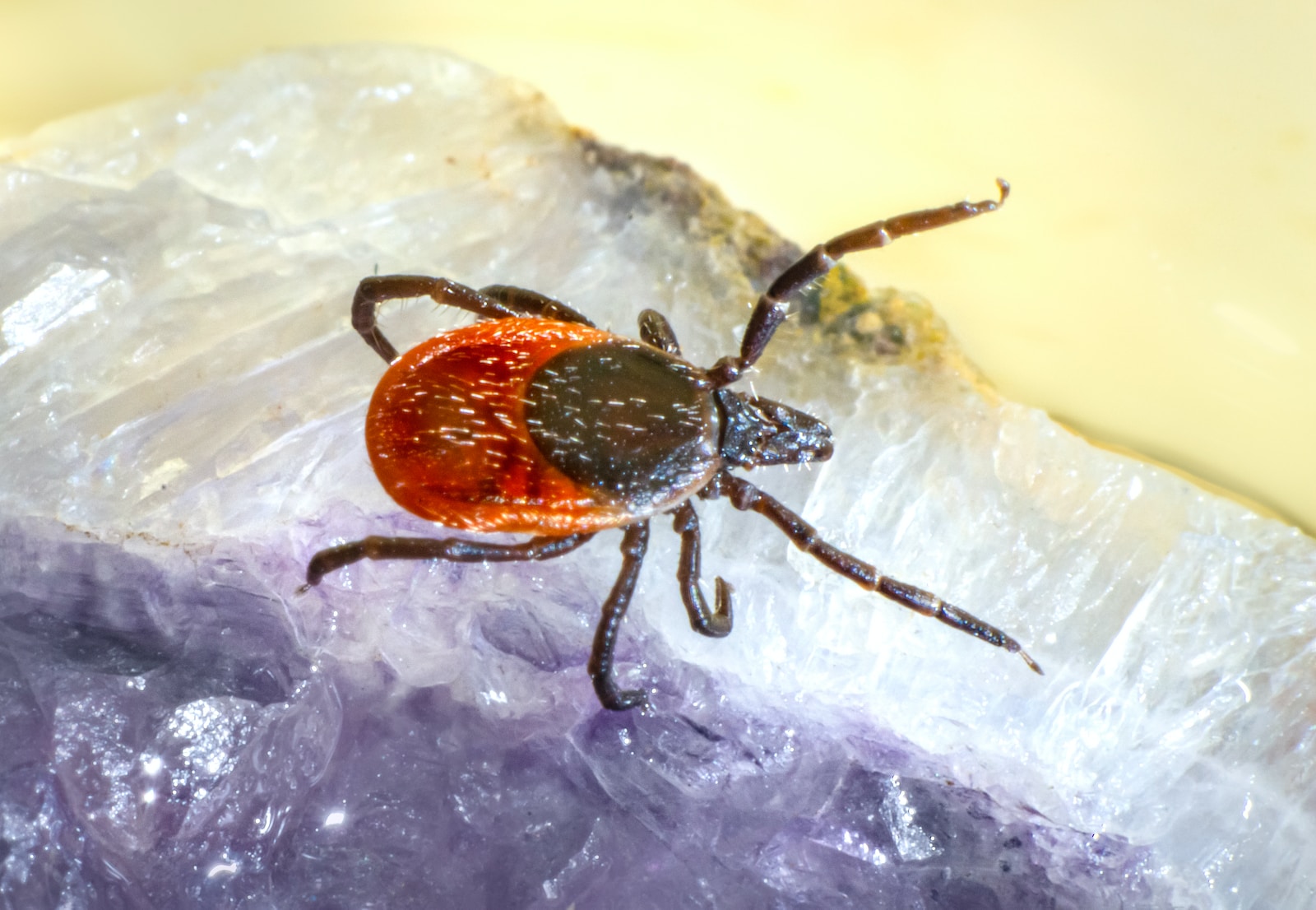
Grassboarding is an exhilarating outdoor activity that combines the thrill of snowboarding with the accessibility of grassy slopes. It is a fun and exciting way to enjoy the outdoors and get your adrenaline pumping. Whether you are a beginner or an experienced rider, grassboarding offers a unique and thrilling experience that is sure to leave you wanting more.
What is Grassboarding and How to Get Started
Grassboarding is a sport that involves riding a board down grassy slopes, similar to snowboarding on snow. The board used for grassboarding is typically made of a durable material that can withstand the rough terrain. It is equipped with bindings that secure your feet to the board, allowing you to control your movements and maintain balance.
To get started with grassboarding, you will need a few essential pieces of equipment. First and foremost, you will need a grassboard. There are various types of grassboards available, each designed for different skill levels and riding styles. You will also need a helmet to protect your head in case of falls or collisions. Additionally, knee and elbow pads are recommended to protect your joints from impact.
Once you have your equipment ready, you can start grassboarding by finding a suitable grassy slope. Look for a slope that is not too steep and has a smooth surface. Begin by strapping your feet into the bindings on the grassboard and practice balancing on the board. Start by pushing off with one foot and gliding down the slope. As you gain confidence and control, you can start practicing turns and tricks.
Essential Gear for Grassboarding
When it comes to grassboarding, having the right gear is essential for both safety and performance. Here is a list of necessary gear for grassboarding:
1. Grassboard: The grassboard is the most important piece of equipment for grassboarding. It should be sturdy, durable, and designed specifically for grassboarding. Look for a board that suits your skill level and riding style.
2. Helmet: A helmet is crucial for protecting your head from potential injuries. Choose a helmet that fits properly and meets safety standards.
3. Knee and Elbow Pads: Knee and elbow pads provide extra protection for your joints in case of falls or collisions. They help absorb impact and reduce the risk of injuries.
4. Wrist Guards: Wrist guards are important for protecting your wrists from fractures or sprains. They provide support and stability to your wrists during falls.
5. Protective Clothing: Wear comfortable and breathable clothing that allows for freedom of movement. Avoid loose clothing that can get caught in the bindings or hinder your movements.
6. Shoes: Choose sturdy and supportive shoes that provide good traction. Avoid wearing open-toed shoes or sandals, as they do not provide adequate protection.
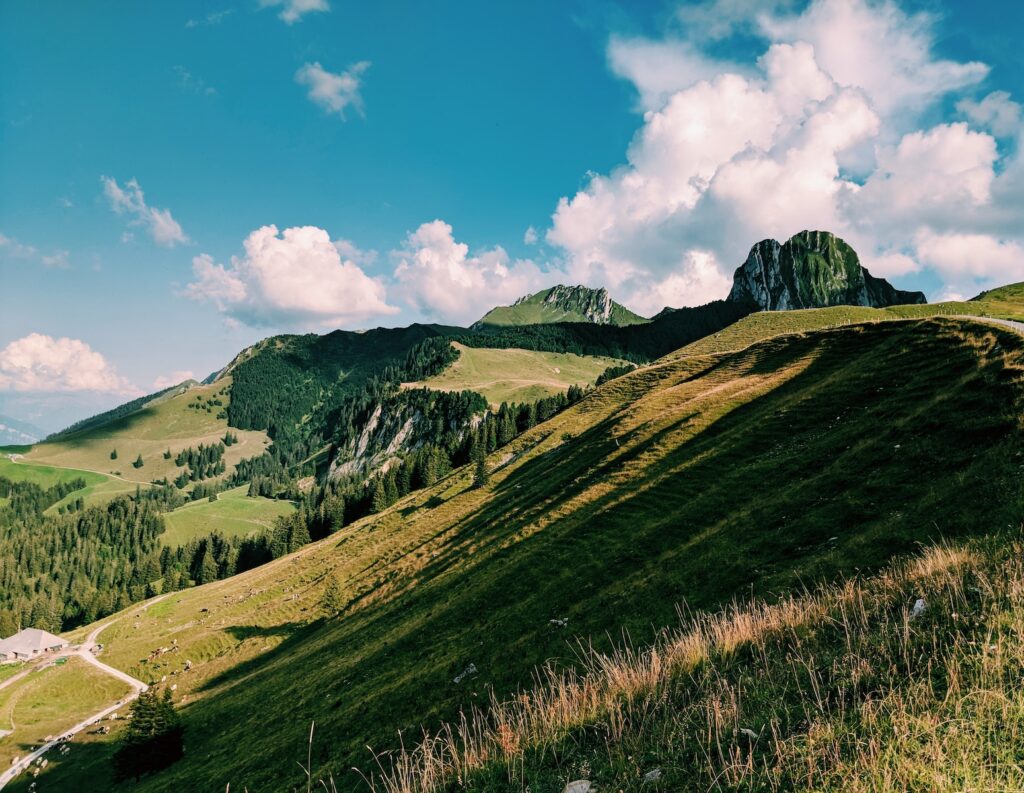
How to Choose the Right Board for Your Skill Level
Choosing the right grassboard is crucial for your safety and enjoyment while grassboarding. Here are some factors to consider when selecting a grassboard:
1. Skill Level: Consider your skill level when choosing a grassboard. Beginners should opt for a board that is more forgiving and easier to control, while advanced riders can choose a board that offers more speed and maneuverability.
2. Board Length: The length of the board affects its stability and maneuverability. Longer boards provide more stability, while shorter boards are more maneuverable. Choose a length that suits your riding style and preferences.
3. Board Flex: The flex of the board determines its responsiveness and ability to absorb shocks. Softer boards are more forgiving and easier to control, while stiffer boards offer more stability and speed. Consider your riding style and the type of terrain you will be riding on when choosing the flex of your board.
4. Bindings: The bindings on the grassboard should be comfortable and secure. They should hold your feet firmly in place while allowing for easy adjustments. Look for bindings that are adjustable and offer good support.
For beginners, it is recommended to start with a longer and softer board that provides stability and forgiveness. As you gain experience and confidence, you can gradually transition to a shorter and stiffer board that offers more maneuverability and speed.
Safety Precautions and Tips for Grassboarding
Safety should always be a top priority when engaging in any outdoor activity, including grassboarding. Here are some safety precautions and tips to keep in mind:
1. Wear Protective Gear: Always wear a helmet, knee and elbow pads, and wrist guards when grassboarding. These protective gears can greatly reduce the risk of injuries.
2. Warm Up and Stretch: Before starting your grassboarding session, warm up your muscles and stretch to prevent strains or sprains. Focus on stretching your legs, back, and arms.
3. Start Slow and Gradual: If you are a beginner, start with gentle slopes and gradually progress to steeper ones. Take your time to build your skills and confidence.
4. Learn Proper Falling Techniques: Falling is inevitable in any action sport. Learn how to fall properly to minimize the risk of injuries. Try to roll with the fall and avoid using your hands to break the fall.
5. Be Aware of Your Surroundings: Always be aware of your surroundings and look out for obstacles or other riders. Avoid crowded areas and give other riders plenty of space.
6. Check the Terrain: Before riding down a slope, inspect the terrain for any potential hazards such as rocks, holes, or uneven surfaces. Avoid riding on wet or slippery grass.
7. Ride within Your Limits: Know your limits and ride within your skill level. Do not attempt tricks or maneuvers that are beyond your abilities.
By following these safety precautions and tips, you can minimize the risk of injuries and enjoy a safe and fun grassboarding experience.
Basic Grassboarding Techniques for Beginners
As a beginner, it is important to learn and master the basic grassboarding techniques before progressing to more advanced tricks. Here are some basic grassboarding techniques to get you started:
1. Balancing: Balancing is the foundation of grassboarding. Practice standing on the board and finding your center of gravity. Keep your knees slightly bent and your weight evenly distributed.
2. Gliding: Start by pushing off with one foot and gliding down the slope. Keep your body relaxed and use your body movements to control your speed and direction.
3. Turning: To turn on a grassboard, shift your weight towards the direction you want to turn. Use your body and leg movements to initiate the turn and maintain balance.
4. Stopping: To stop on a grassboard, shift your weight to your back foot and apply pressure to the edge of the board. This will create friction and slow you down.
5. Carving: Carving is a technique used to make smooth and controlled turns. To carve, lean into the turn and use your body movements to guide the board.
6. Jumping: Once you are comfortable with the basic techniques, you can start practicing small jumps. Bend your knees and use your legs to propel yourself off the ground. Land with your knees bent to absorb the impact.
Practice these basic techniques on gentle slopes until you feel comfortable and confident. Remember to take it slow and progress at your own pace.
Advanced Grassboarding Tricks and Tips
Once you have mastered the basic techniques, you can start exploring more advanced grassboarding tricks. Here are some advanced tricks to try:
1. Ollie: The ollie is a fundamental trick in grassboarding. It involves jumping off the ground and lifting the board with you. To perform an ollie, crouch down and quickly extend your legs while simultaneously jumping off the ground. Use your front foot to lift the board and level it out in the air.
2. 180° Spin: The 180° spin is a basic trick that involves rotating your body and board 180 degrees in the air. To perform a 180° spin, approach a small jump with speed and pop off the ground. Use your body and leg movements to initiate the spin and land with your board facing the opposite direction.
3. Grabs: Grabs are tricks that involve grabbing the board while in the air. There are various grab tricks you can try, such as the Indy grab, the Melon grab, and the Tail grab. To perform a grab, reach down and grab the board with your hand while in the air. Hold the grab for a moment and release before landing.
4. Slides: Slides are tricks that involve sliding on the edge of the board. There are different types of slides you can try, such as the board slide, the tail slide, and the nose slide. To perform a slide, approach a rail or box with speed and shift your weight onto the edge of the board. Slide along the rail or box and maintain balance.
5. Spins: Spins are tricks that involve rotating your body and board multiple times in the air. There are various spin tricks you can try, such as the 360° spin, the 540° spin, and the 720° spin. To perform a spin, approach a jump with speed and pop off the ground. Use your body and leg movements to initiate the spin and land with your board facing the same direction.
Practice these advanced tricks on suitable terrain and always prioritize safety. Start with smaller jumps and gradually progress to bigger ones as you gain confidence and skill.
How to Maintain and Repair Your Grassboard
Proper maintenance and regular repairs are essential for keeping your grassboard in good condition and ensuring optimal performance. Here are some tips for maintaining and repairing your grassboard:
1. Cleaning: After each grassboarding session, clean your board to remove dirt, grass, and debris. Use a soft brush or cloth to gently scrub the surface of the board. Avoid using harsh chemicals or abrasive materials that can damage the board.
2. Waxing: Regularly wax your grassboard to maintain its speed and performance. Apply a thin layer of wax to the base of the board and use a waxing iron to melt the wax into the base. Spread the wax evenly and let it cool before scraping off the excess wax.
3. Edge Maintenance: Check the edges of your grassboard regularly for any signs of damage or dullness. Use a file or edge tool to sharpen the edges and remove any burrs or nicks. This will ensure better grip and control on the slopes.
4. Binding Adjustments: Periodically check the bindings on your grassboard and make any necessary adjustments. Ensure that the bindings are secure and properly aligned with your feet. Replace any worn-out straps or buckles.
5. Base Repairs: If you notice any deep scratches or gouges on the base of your grassboard, it may require repairs. Use a P-Tex candle or base repair kit to fill in the damaged areas. Follow the instructions provided with the repair kit for best results.
6. Storage: When not in use, store your grassboard in a cool and dry place. Avoid exposing it to extreme temperatures or direct sunlight, as this can cause damage to the board.
Regular maintenance and timely repairs will prolong the lifespan of your grassboard and ensure that it performs at its best.
Finding the Best Grassboarding Spots in Your Area
Finding the best grassboarding spots in your area can greatly enhance your grassboarding experience. Here are some tips for finding the perfect spot:
1. Local Parks: Many local parks have grassy slopes that are suitable for grassboarding. Check with your local parks and recreation department to find out if grassboarding is allowed and if there are any designated areas for it.
2. Ski Resorts: Some ski resorts offer grassboarding during the summer months as an alternative to snowboarding. These resorts often have specially designed grass slopes that mimic the feel of snow.
3. Open Fields: Look for open fields or meadows with gentle slopes that are free from obstacles. These areas provide ample space for grassboarding and allow you to practice your skills without any distractions.
4. Online Communities: Join online communities and forums dedicated to grassboarding. These communities often share information about the best grassboarding spots in different areas. You can also connect with other grassboarders and get recommendations from them.
When choosing a grassboarding spot, consider factors such as the slope gradient, the condition of the grass, and the accessibility of the area. Always respect the rules and regulations of the location and ensure that you have permission to grassboard in the area.
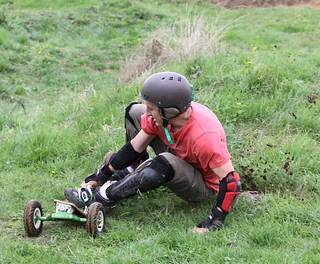
Cross-Training for Grassboarding: Exercises to Improve Your Skills
Cross-training is an excellent way to improve your grassboarding skills and enhance your overall fitness. Here are some exercises that can help you become a better grassboarder:
1. Leg Exercises: Strong legs are essential for maintaining balance and control on the grassboard. Incorporate exercises such as squats, lunges, and calf raises into your routine to strengthen your leg muscles.
2. Core Exercises: A strong core is crucial for stability and control while grassboarding. Include exercises such as planks, Russian twists, and bicycle crunches to strengthen your core muscles.
3. Balance Exercises: Balance is key in grassboarding. Practice exercises such as single-leg stands, yoga poses, and balance boards to improve your balance and stability.
4. Cardiovascular Exercises: Grassboarding requires endurance and cardiovascular fitness. Engage in activities such as running, cycling, or swimming to improve your cardiovascular health and stamina.
5. Plyometric Exercises: Plyometric exercises are explosive movements that help improve power and agility. Incorporate exercises such as box jumps, squat jumps, and lateral jumps into your routine to enhance your grassboarding performance.
By incorporating these exercises into your training routine, you can improve your strength, balance, and endurance, which will ultimately enhance your grassboarding skills.
Grassboarding Competitions and Events to Join
If you are looking to take your grassboarding skills to the next level, participating in grassboarding competitions and events can be a great way to challenge yourself and connect with other riders. Here are some grassboarding competitions and events you can join:
1. Grassboarding World Championships: The Grassboarding World Championships is an annual event that brings together grassboarders from around the world to compete in various disciplines. It is a highly competitive event that showcases the skills and talents of grassboarders at the highest level.
2. Grassboarding Festivals: Grassboarding festivals are organized in various locations and offer a range of activities and competitions for grassboarders of all skill levels. These festivals often include races, freestyle competitions, and demonstrations by professional riders.
3. Grassboarding Clinics: Grassboarding clinics are workshops or training sessions conducted by experienced grassboarders. These clinics provide an opportunity to learn from professionals and improve your skills through hands-on training and guidance.


